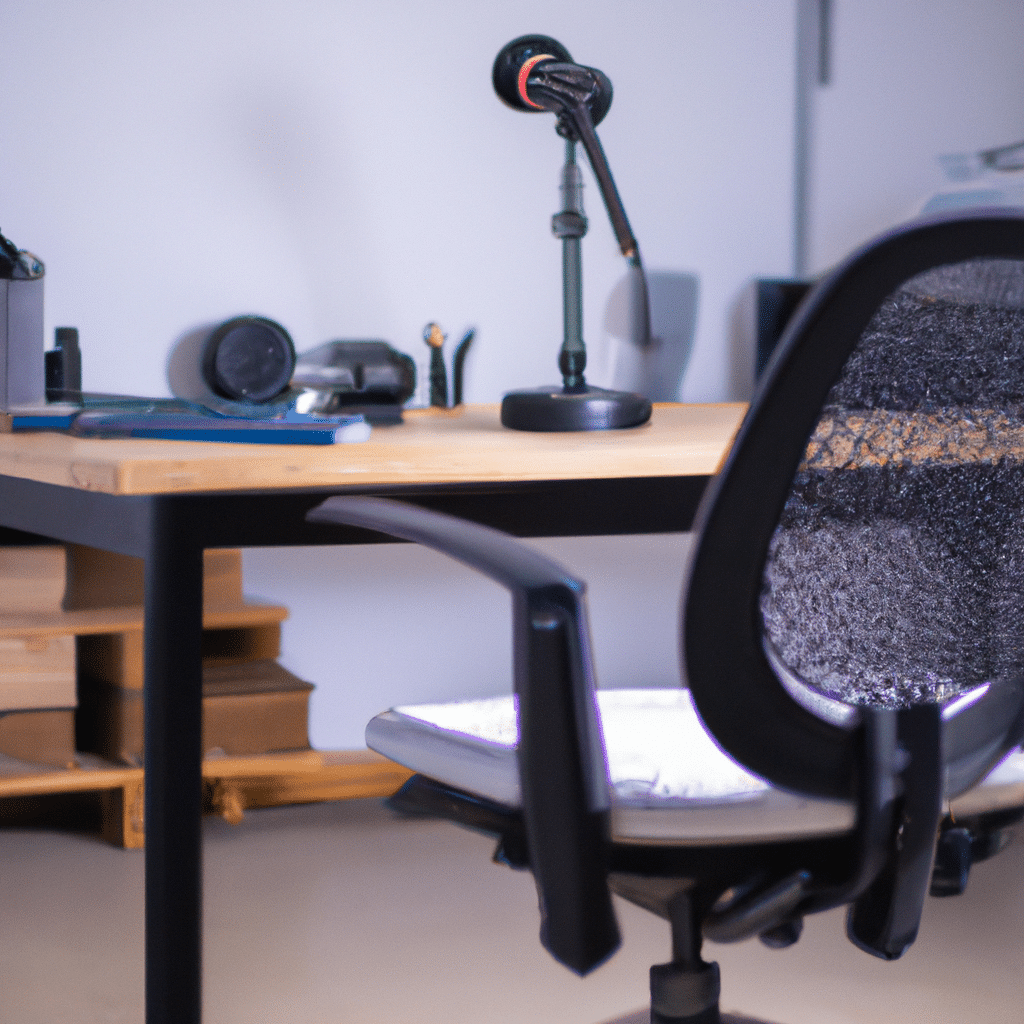In today’s fast-paced world, where most of us spend a significant amount of time sitting at our desks, the importance of ergonomics cannot be overstated. Ergonomics is the science of designing and arranging furniture and equipment to optimize human well-being and performance. It focuses on creating a comfortable and efficient workspace that promotes good posture, reduces physical strain, and minimizes the risk of musculoskeletal disorders. In this article, we will explore the fascinating science behind ergonomics and how furniture design can have a profound impact on your health and well-being.

The Basics of Ergonomics
Ergonomics is derived from the Greek words “ergon” (meaning work) and “nomos” (meaning laws). It involves understanding the interactions between people and their environment to improve overall efficiency and safety. When it comes to furniture design, ergonomics takes into account various factors such as body dimensions, cognitive abilities, and physical capabilities.
Understanding Body Mechanics
One of the key principles of ergonomics is understanding body mechanics – the way our bodies move and function. Furniture that promotes proper body mechanics can significantly reduce the risk of strain and injury. For example, an ergonomic chair should have adjustable height and lumbar support to maintain the natural curve of the spine and provide adequate support to the lower back.
Importance of Posture
Maintaining good posture is crucial for preventing musculoskeletal disorders. Poor posture can lead to back pain, neck strain, and other discomforts. Ergonomically designed furniture encourages proper alignment of the spine and joints, reducing the strain on muscles and ligaments. Adjustable desks, ergonomic keyboards, and monitor stands are some examples of furniture that promote correct posture.
The Impact of Furniture Design on Health
The design of furniture can have a significant impact on our physical and mental well-being. Here, we will delve into some specific aspects of furniture design that directly affect our health.
1. Chair Design
A well-designed chair is the foundation of an ergonomic workspace. It should provide adequate lumbar support, adjustable height and armrests, and a comfortable seat cushion. Ergonomic chairs distribute body weight evenly, reducing pressure on the spine and promoting good blood circulation. They also encourage natural movement and allow for easy adjustments to accommodate individual preferences.
2. Desk and Workstation Setup
The design and layout of your desk and workstation play a crucial role in promoting productivity and preventing discomfort. An ergonomic desk should have an adjustable height to accommodate different user heights and preferences. It should also provide sufficient space for all necessary equipment, such as monitors, keyboards, and mouse pads. Cable management systems can help keep wires organized and reduce tripping hazards.
3. Keyboard and Mouse
Typing and using a mouse for extended periods can lead to repetitive strain injuries. Ergonomic keyboards and mice are designed to minimize the strain on your wrists and hands. They often feature a split keyboard layout, adjustable angles, and wrist rests to promote a more natural hand position and reduce the risk of carpal tunnel syndrome.
4. Monitor Placement
Improper monitor placement can strain your neck and eyes. A well-designed ergonomic monitor stand or arm allows you to position the screen at eye level, reducing the need to tilt your head or strain your neck. Additionally, using an anti-glare screen or adjusting the brightness and contrast settings can help prevent eye fatigue and strain.
5. Lighting
Proper lighting is essential for creating a comfortable and productive workspace. Insufficient or harsh lighting can cause eye strain, headaches, and fatigue. Ergonomic lighting solutions, such as adjustable desk lamps or natural light sources, can help minimize these issues. It is important to consider both ambient lighting and task lighting to ensure optimal visibility and prevent eye discomfort.
6. Storage and Organization
An organized workspace not only improves productivity but also reduces the risk of accidents and injuries. Ergonomic storage solutions, such as adjustable shelves and drawers, help keep essential items within reach, reducing the need for repetitive reaching or bending. Clutter-free workspaces also promote a clear and focused mind, enhancing overall well-being.
Conclusion
Investing in ergonomically designed furniture is an investment in your health and well-being. By creating a workspace that supports proper posture, reduces physical strain, and promotes productivity, you can significantly improve your overall quality of life. Remember to choose furniture that is adjustable, comfortable, and suited to your specific needs. By prioritizing ergonomics in furniture design, you can create a workplace that not only looks great but also actively contributes to your physical and mental wellness.








